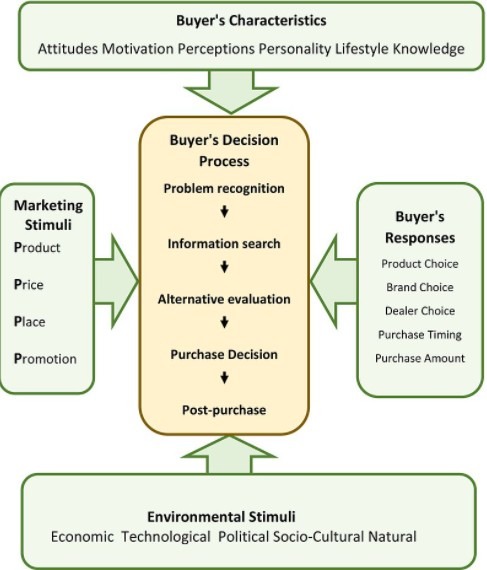Buyer types are differentiated based on spending habits. While some people love to spend money needlessly or unnecessarily, others are a bit rational and focus on making the wisest decision. Additionally, buyer types also reflect consumer behavior.
Consumer behavior defines different habits and preferences. This means that for any business to flourish, understanding its buyer behavior is important as it holds the key to successful selling, irrespective of the product or service. Today, understanding buyer behavior is one of the most essential marketing techniques that allow businesses to plan their future strategies.
Types of Buyers and How to Sell to Them?
Spendthrifts
Spendthrifts are the type that spends without hesitation. They do not think thoroughly before making a purchase and would like to buy anything that catches their eye. Such buyers need little convincing to make a purchase. However, they form the smallest percentage of the overall population.
Many people like to think of spendthrifts as those who are materialistic and extravagant. However, it would be more accurate to determine what they feel during the entire purchasing process. These buyers feel little pain after making a purchase.
When it comes to spending, spendthrifts hardly hold themselves back. The only situation they control themselves in is when they are running low on cash or credit. Due to habitual spending, they are also likely to accumulate debts. And while they do not feel any pain when they are in debt either, saving is a lost cause for them unless they encounter a situation where they wished they had some savings.
If you were looking for the bestselling tips for spendthrifts, you will hardly need them. Considering that they spend needlessly, they are going to be your dream customers. There are hardly any factors that control their decision-making process.
To sell your products and services to spendthrifts, simply include elements of emotions with a lot of visuals. If possible, try using colour psychology to increase appeal and conversions.
Average Spenders
Average spenders think wisely before making a decision. They will weigh their options and come up with the best possible decision. It does not necessarily have to do anything with the budget. It is just that some spenders are more conscious about their spending habits and would like their money going to the right place.
In addition to that, average spenders do not make quick buying decisions. They first research about the product or service and then decide based on their satisfaction level. Furthermore, they will also look for other options and make comparisons.
As a result, average spenders are unlikely to overspend by getting involved in overdramatic episodes of impulse buying. They are mostly concerned with facts. Irrespective of how good or renowned a product is, they will rarely take the next step without researching about it on their own.
Average spenders lie in the middle of frugalists and spendthrifts. They will spend money only on products or services that they think will be a worthy investment. Considering that such buyers do not get involved in emotional marketing or decisions as mentioned earlier, the sales team should keep a balance between emotions and quantitative analytics.
Furthermore, you can also offer guarantees and free shipping to encourage them to buy without fear and hesitation.
Frugalists
Frugalists are described as buyers who would like to hold on to their money as long as they can instead of spending it. They will think a hundred times before spending money and would mostly prefer keeping their money in their bank accounts.
With that being said, frugalists are not concerned with commercials and advertisements. They are only concerned with what the actual cost of the products should be and not what is being advertised. As such, frugalists always believe that the amount of money they spend should be consistent with their budgets.
Appealing to frugalists is neither easy nor happens spontaneously. To sell to frugalists you have to consider the fact that anything beyond their budget is going to be rejected. Therefore, you should avoid saying something like “you deserve this” and instead say, “Your future is secured by investing in this”.
In addition to that, you need to use a lot of numbers, data, and charts to convince them. Once they realize that they are getting the best value for money, they will go ahead with making the purchase.
Final Word
Spendthrifts, average spenders, and frugalists display different buying behaviours and patterns. This makes it important for businesses to understand and devise strategies that successfully appeal to them. Spendthrifts do not save life frugalists and average spenders do not spend like spendthrifts. Therefore, understanding which technique appeals to what type of buyer plays a huge role in successfully selling products and services.

